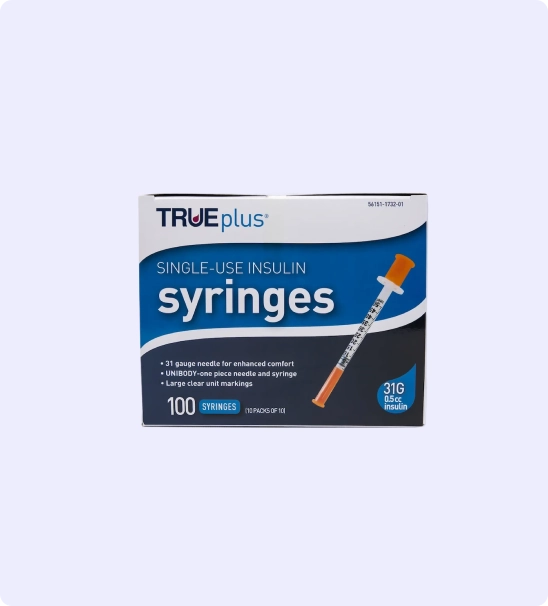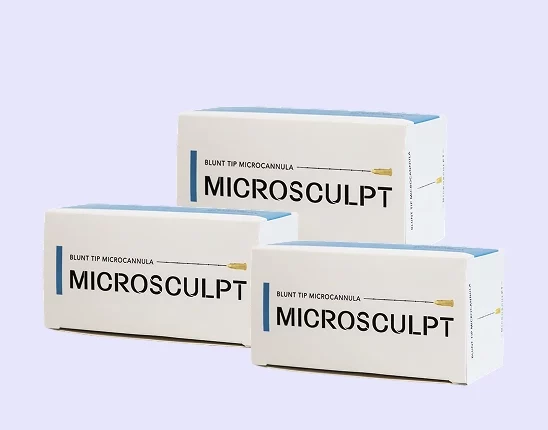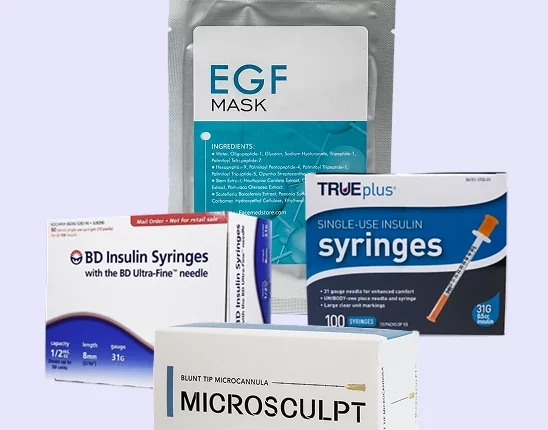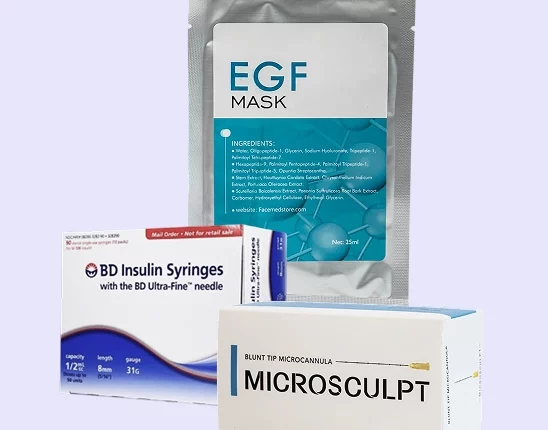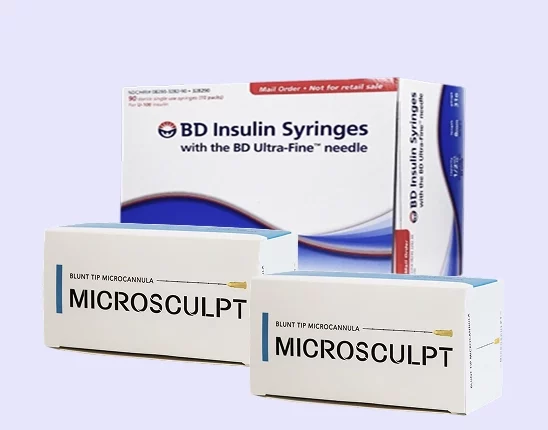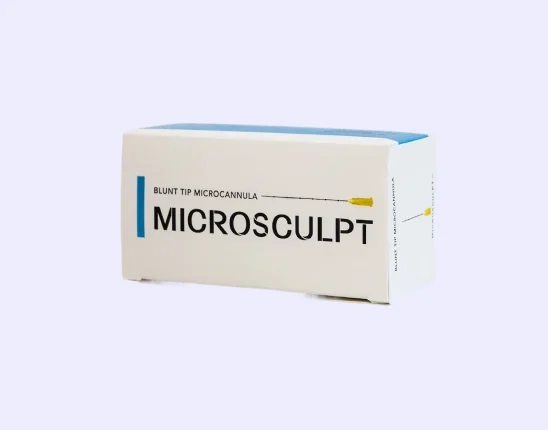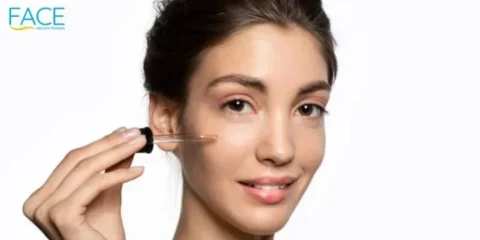Injectables like dermal fillers are effective at restoring lost volume to the skin, but they can cause complications if the procedure isn’t done correctly. Dermatologists need to consider the tools they use, their experience with the procedure, and the filler they’re using before they start any filler treatment.
So does Restylane produce better results when a cannula or needle is used? Both tools can produce excellent results, though they need to be tailored to the area that needs filler. Dermatologists also need to consider the type of Restylane they need to apply.
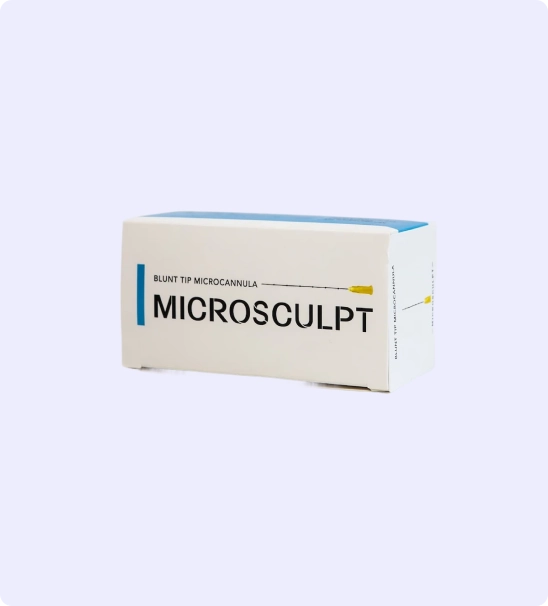
Injections Your Patients Will Love! Code “20OFF” Takes 20% off Your First Order!
Microcannulas are a tool that every great injector must master. Patients want quick results with no downtime. Our microcannulas are high quality and a fraction of the price of our competitors!
You can create an account here.
Restylane Application: Cannula vs Needle
Unlike most dermal fillers, Restylane has different varieties that are specialized to treat specific areas of the face. The various Restylane dermal fillers all share similar mechanisms of action to remove wrinkles and reduce the signs of aging, but their formulas may differ slightly depending on which area of the body they’re injected.
Here is a table summarizing their differences:
| Restylane–L | Restylane Lyft | Restylane Defyne and Refyne | Restylane Silk and Kysse |
| General dermal filler product, designed for use anywhere on the face | Best used to fill out cheeks and other areas that need plenty of filler | Mainly used to lift and reduce the appearance of folds on the face | Designed specifically to fill out the lips |
| Can contain lidocaine (a topical numbing agent) | Contains larger particles of filler to occupy more area | Defyne retains shape; Refyne adjusts to folds | Smallest hyaluronic acid particles used for precision filling |
Restylane works by introducing hyaluronic acid to the skin, restoring volume and improving water retention. Skin health relies heavily on the moisture levels found in the dermal layers since the water helps the skin cells retain their structure. It’s a crucial compound that speeds up wound healing, and can even help manage skin conditions like eczema.
Because of the differing facial anatomies dermatologists may encounter with their patients, they must adjust their dermal filler injections to minimize scarring or bruising. Depending on the patient’s needs and the specific area that needs to be treated, there are situations where specifically using cannulas or needles may be the best option.
Using Cannulas to Apply Restylane
Blunt-tipped cannulas are a popular alternative to using hypodermic needles, as the unique properties of the needle tube and the tip reduce trauma to the skin during injection. Since the blunt tip pushes away at the dermal layer, dermatologists can avoid puncturing large blood vessels and arteries.
The primary advantage of using cannulas for Restylane injections is that dermatologists have better access to the subdermal layers of the skin, allowing more filler to be injected. It also reduces the number of entry points that need to be made in a single area, which can significantly reduce post-operative bruising and scarring.
However, cannulas are incompatible with filler areas that are closer to the surface of the skin, since the blunt tip has less control over filler distribution compared to hypodermic needles.
Using Needles to Apply Restylane
Traditional dermal filler injections use hypodermic needles for inserting filler, as the penetrative design of the tip and the relatively short needle tubing allows for swift and efficient application of filler. Dermatologists are more likely to be familiar with using needles to apply dermal fillers, so there’s less chance for error with treatment.
The advantage of using needles for Restylane is the greater control that the small needle provides. Since cannula needles are longer, it’s difficult to gauge the exact amount of filler to push from the syringe to the injection site. The short and rigid needle tubing allows for greater precision with filler application, especially around areas like the lips and eyes.
Needles are less effective when the filler area is located deep within the skin, since the risk of puncturing a blood vessel increases with subdermal injection sites. While an experienced dermatologist can navigate around major blood vessels, bruising, swelling, and bleeding is often unavoidable.
Buy Medical Devices and Tools From FACE Medical Supply
-
 Microcannula Multi-Gauge Precision Set
Microcannula Multi-Gauge Precision Set -
 Microcannula Complete Injection System
Microcannula Complete Injection System -
 Microcannula Size Progression Training Kit
Microcannula Size Progression Training Kit -
 Microcannula Professional Starter Kit
Microcannula Professional Starter Kit -
 Microcannula Volume Practice Pack
Microcannula Volume Practice Pack -
 23 gauge 50 mm (2 inch) Microcannulas
23 gauge 50 mm (2 inch) Microcannulas -
 22 Gauge 100 mm (4 inch) Microcannulas.
22 Gauge 100 mm (4 inch) Microcannulas. -
 27 Gauge 38 mm (1.5 inch) Microcannulas
27 Gauge 38 mm (1.5 inch) Microcannulas -
 25 Gauge 38 mm (1.5 inch) Microcannulas
25 Gauge 38 mm (1.5 inch) Microcannulas
Restylane can be applied with either cannulas or needles, though patients and dermatologists can use either depending on the type of Restylane used and the area that needs filling. Cannulas are a better choice overall if a lot of filler is required, while needles are the best option if the area is full of fine lines and wrinkles.
FACE Medical Supply is a proud supplier of high-quality yet affordable medical devices like cannulas and needles to cosmetic practices around the country. For more information on our stocks and the other products we offer, visit our product pages.
Read more: Applying Sculptra: Cannula vs Needle Treatment
